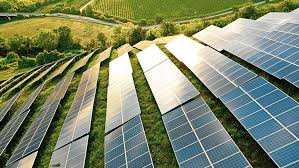The cables used in the low-voltage DC transmission part of the solar photovoltaic power generation system have different requirements for the connection of different components because of the different use environment and technical requirements. The overall factors to be considered are: the insulation performance of the cable, the heat-resistant and flame-retardant performance, Engage in aging performance and wire diameter specifications. Specific requirements are as follows:

1. The connecting cable between the solar cell module and the module is generally connected directly with the connecting cable attached to the module junction box. When the length is not enough, a special extension cable can also be used. Depending on the power of the components, this type of connecting cable has three specifications with a cross-sectional area of 2.5m㎡, 4.0m㎡, and 6.0m㎡. This type of connecting cable uses double-layer insulation, which has superior resistance to ultraviolet rays, water, ozone, acid, and salt, as well as superior all-weather capability and abrasion resistance.
2. The connecting cable between the battery and the inverter requires the use of a multi-strand flexible wire that has passed the UL test, and connect it as close as possible. Choosing a short and thick cable can reduce the loss of the system, improve efficiency, and enhance reliability.
3. The connecting cables between the battery array and the controller or DC junction box also require the use of multi-strand flexible wires that have passed the UL test. The cross-sectional area specification is determined by the maximum current output of the square array.





